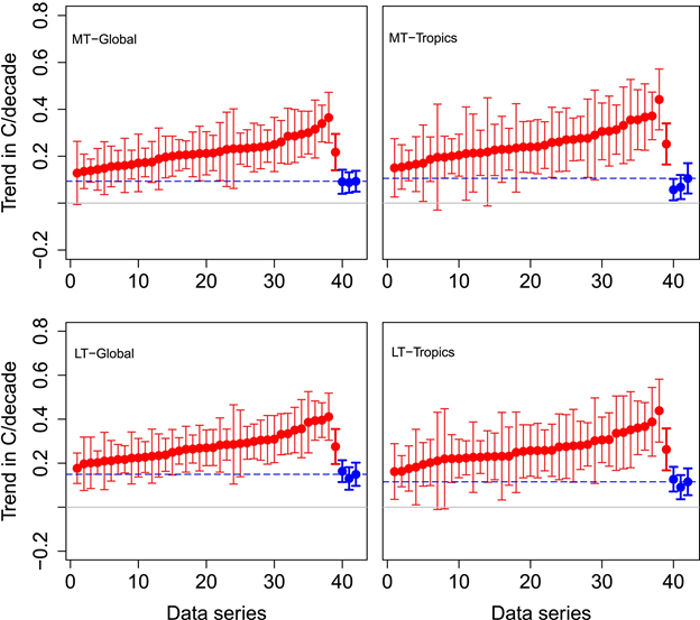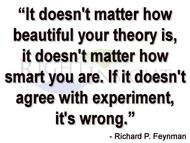Theory and Experiment - ORIGINAL CONTENT
- By:
- Edward A. Reid Jr.
- Posted On:
- Oct 11, 2022 at 7:00 AM
- Category
- Climate Change
Observing and analyzing climate and climate change is an interesting experiment. The experimentalist can establish the events and characteristics to be observed and/or measured, the timing of the start of the observation period and the timing of the end of the observation period. However, the experimentalist has no control over the design of the experiment, which has been ongoing since before the observation period and will continue after the end of the observation period.
The observation of the climate experiment must be conducted and recorded with extreme care, since the experiment cannot be repeated in the event of an observational or measurement problem. Missed observations and unmeasured or inaccurate data cannot be replaced by running another test, since the test conditions cannot be duplicated. No period during the duration of the experiment will ever reoccur.
Weather has been of concern to humans because of the positive and negative impacts it has on their lives. Instrumental monitoring of temperature began with the Central England Temperature record in the mid-1600s, expanded to the US and several other countries by the mid-1800s and became nearly global in the mid-1900s. Satellite monitoring of global tropospheric temperature began in 1979. Regular monitoring of precipitation began in the mid-1700s and became nearly global in the mid-1900s. Extensive regular monitoring of sea level began in the early 1900s. Instrumental monitoring of atmospheric CO2 concentrations began in the mid-1950s. The global instrumental record is relatively short (~70 years) and still does not provide complete coverage. However, it is the basis upon which the theory of anthropogenic climate change has been developed; and, the basis upon which the climate models and the model projections of future climate change have been developed.
The theory of anthropogenic climate change, as exemplified by the outputs of the various CMIP6 climate models, does not agree well with the experiment, as exemplified by comparison of the projections of the models and observations, as shown below in a series of graphs from a paper co-authored by Ross McKittrick and John Christy, shown below.

Figure 3 - Trends and 95% CIs for individual models (red dots and thin bars), CMIP6 mean (red dot and thick bar), and observational series (blue). Horizontal dashed line shows mean satellite trend.
Clearly, the projections of the global and tropical temperature anomaly trends produced by the CMIP6 climate models do not agree well with the observational data series. Therefore, by Feynman’s criteria, they are wrong. The CMIP6 model ensemble has falsified itself, as was the case with the CMIP5 models. The CMIP6 models projected temperature anomaly changes as much as four times the observed temperature anomaly changes.
Clearly, if the theory is wrong, as embodied in the CMIP6 climate models, it is not a reasonable basis for precipitous climate actions, as are being insisted upon by the UN and implemented by numerous nations. It is essential that an accurate theory be developed and tested before precipitous climate actions are implemented unnecessarily.


